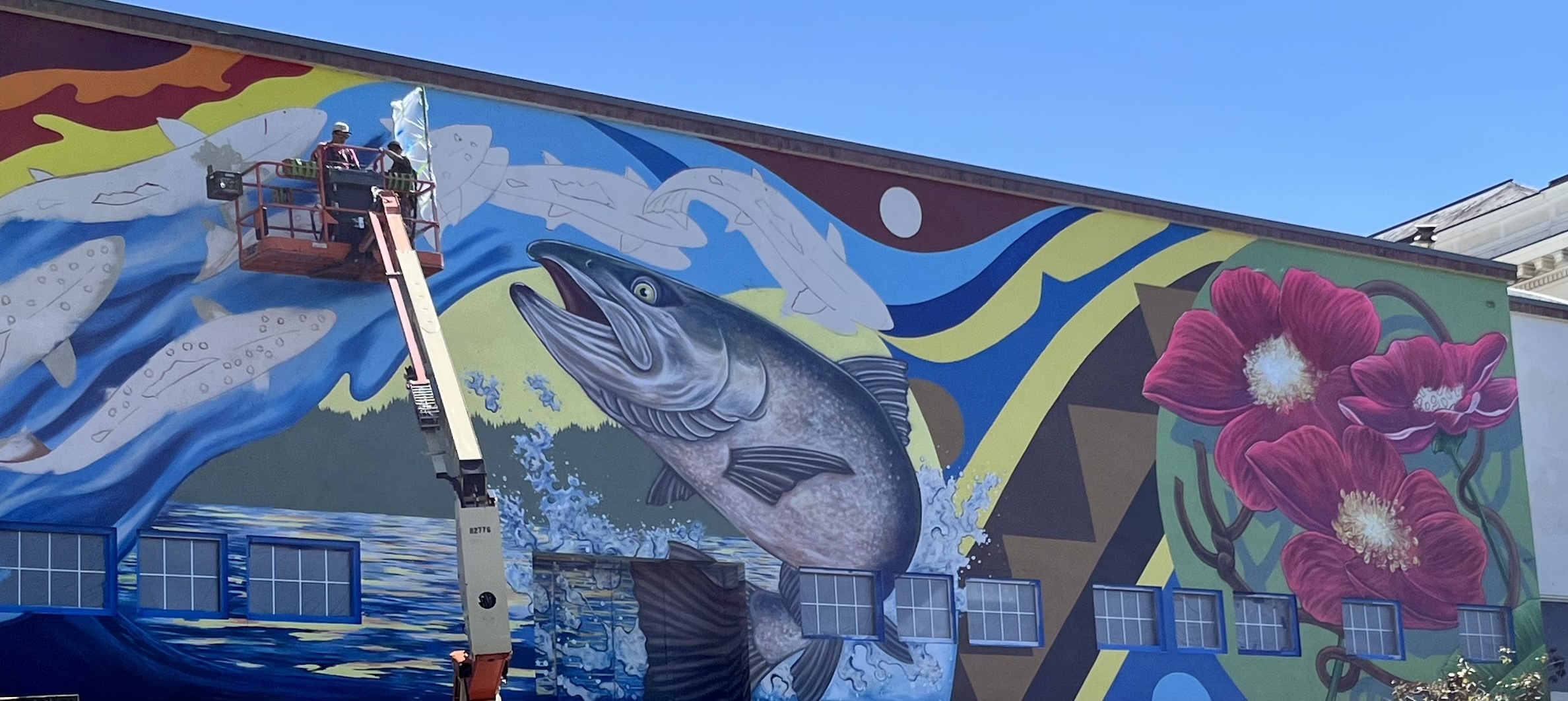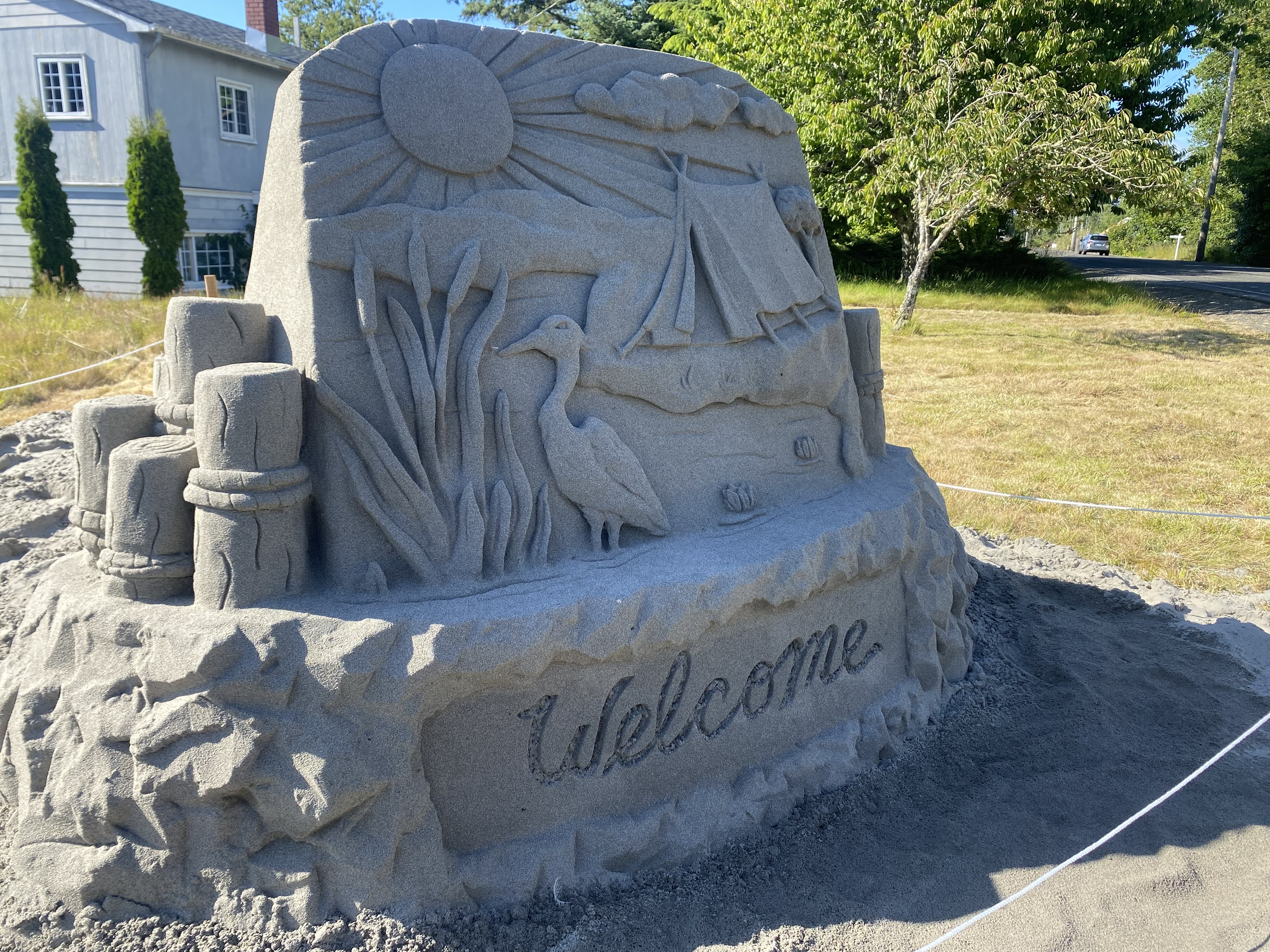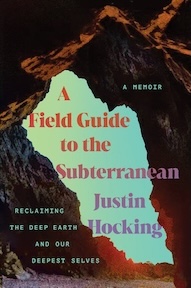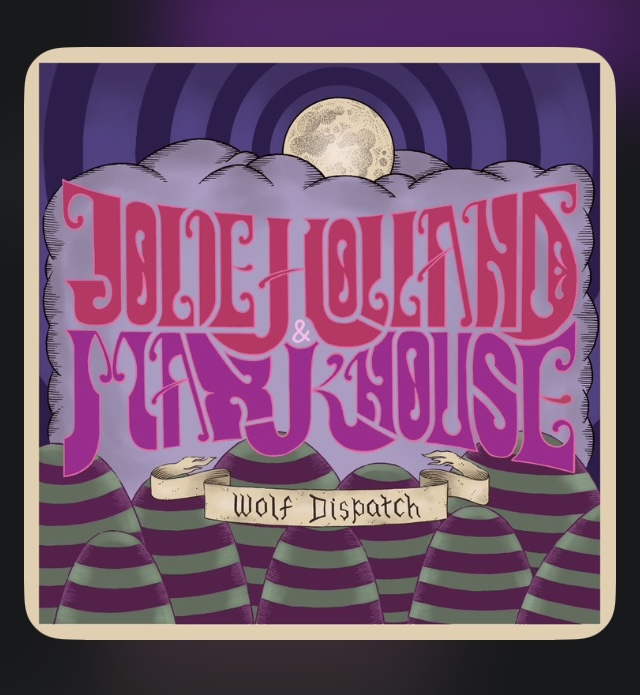Astoria exhibit highlights tribal artists of Shoalwater Bay
Published 1:00 pm Monday, November 6, 2023
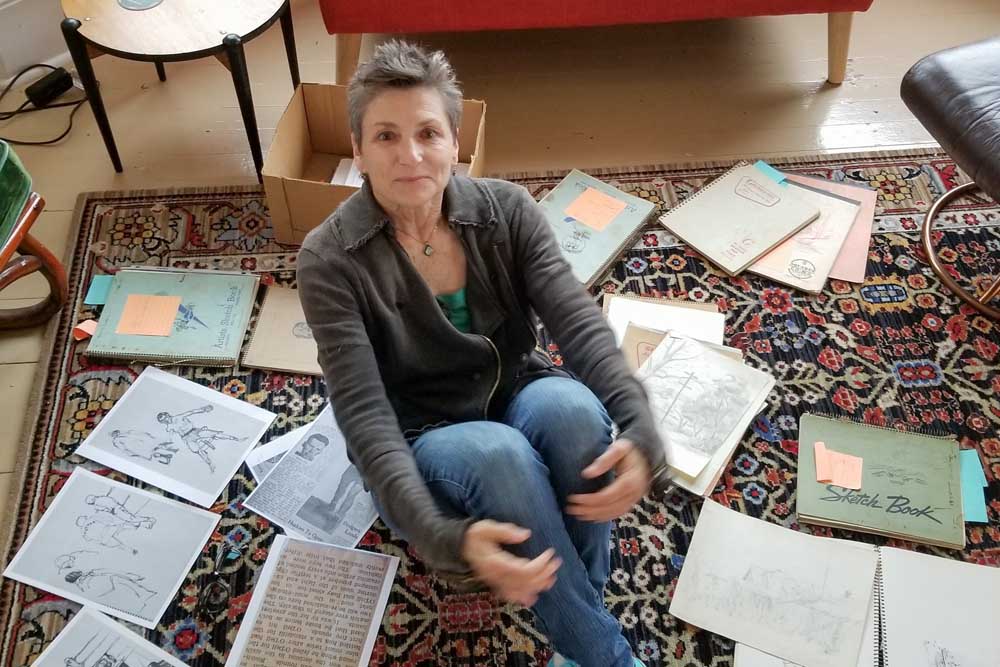
- Writer and artist Judith Altruda has dedicated many years to chronicling the work of Eugene Landry, a painter who captured images during a key part of the tribe’s history.
Eugene Landry’s life as an artist would make a compelling movie. What followed his death would make a fascinating sequel.
Trending
Landry lived from 1937 to 1988, working with a physical disability to paint. He chronicled members of the Shoalwater Bay Indian Tribe, having grown up on their land in southwest Washington.
His portraits captured the faces of tribal members during an era in which they were struggling to survive amid threats to federal recognition; many of his portrait models are now Shoalwater Bay elders.
In 2019, Judith Altruda, a metalwork artist, received a tip to check out a dusty attic above a derelict auto shop in Grayland, Washington. She uncovered a trove of 70 of Landry’s paintings. Some were so mildewed they could not be preserved, but others take pride of place in the tribe’s collection.
Trending
Exhibit
About 10 portraits and still lifes are included in an exhibit called “Portrait of Eugene Landry — An Artist, a Time and a Tribe” at Astoria Visual Arts.
Admission is free to the exhibit, which opens Saturday and runs through Dec. 2. The opening day will feature a reception from noon to 8 p.m. with a talk by Altruda at 5 p.m.
Tribal member Erik Sanchez, who studied filmmaking at the Institute of American Indian Arts, has produced a documentary about Landry which will be available for viewing at the gallery.
The gallery will also display carvings, photos and beadwork by four contemporary Shoalwater Bay artists.
They are Earl Davis, a woodcarver who served as cultural director of the tribe’s Na’m’sc’ac Heritage Museum in Tokeland, Washington, from 2006 until this year; his son, Dakota Davis, a photographer; Madison, an artist who has worked in multiple mediums; and Sophia Anderson, who paints on found wood panels and creates beadwork, taking inspiration from historic tribal photos. Conversations with these artists are planned for 1 p.m. Dec. 2 at the gallery.
‘Cultural cues’
Earl Davis, now a full-time artist, has summed up Landry’s importance. “Eugene’s art is so much more than just one man’s view of the world, it highlights a turning point in tribal history,” he said.
“Many of our elders, when viewing Eugene’s work, reflect upon those times and begin sharing those stories with us. I doubt that he ever intended his work to be such important cultural cues, but that’s exactly what they have become.”
Altruda tapped into those responses to preserve memoirs in a chapbook which will be included with the exhibit. “Willapa Words, Poetry, Prose and Stories by the Shoalwater Bay Tribal Community,” is based on sessions led by Altruda at the tribal library last summer using Landry’s art as writing prompts.
“To see Gene be recognized and have his art known outside the reservation,” Altruda replied when asked why she is committed to telling Landry’s story. “His art is a catalyst, speaking about activities on the reservation and inspiring others, like the writing group.”
Altruda commended all four of the contemporary artists for their creativity, noting their common theme is seeking to evoke a sense of place.
An evolving style
Landry’s tribal roots were Hoh and Quileute and he was an athlete in high school. At 18, he was paralyzed by meningitis. He was treated at the Cushman Indian Hospital, near Tacoma, Washington, for more than two years, but was dropped at a rehabilitation facility, causing significant injuries and paralysis. He enrolled in art school in Seattle, learning to use his non-dominant left hand to draw and paint.
He married another art student, Sharon Billingsley, in 1965. They traveled to California and to Mexico, the Philippines and France to study art and to visit healers. In 1969, he moved back to the Shoalwater Bay reservation.
As his condition worsened, he clamped his paintbrush in his teeth. “His style evolved, incorporating personal symbology, such as bones and feathers. By the end of the decade, he had switched mediums, focusing on ink and watercolor scenes of decaying boats,” Altruda wrote on a website celebrating his work.
For the final 10 years of his life, he supported other artists at his gallery in Santa Barbara, California. He died in 1988, at age 50.
‘More puzzle pieces have emerged’
Altruda, who lives in Astoria and Tokeland, has promoted Landry’s work online and by coordinating exhibits.
She is close to completing a book about his life. A portion, “Portrait of Winona,” is highlighted in the newest edition of The North Coast Squid, the literary magazine of the Hoffman Center for the Arts in Manzanita.
Her work has been supported, in part, by a 2019 Humanities Washington Storyteller’s grant.
Delays in the first planned exhibition of Landry’s work caused by the coronavirus pandemic benefited her research because publicity about the find prompted Landry’s former models to step forward. “More puzzle pieces have emerged,” she said. “It is very satisfying. It makes me feel good.”
The Oregon Humanities for the Arts and the National Endowment for the Humanities have supported the Astoria Visual Arts project. In conjunction with the exhibit, Quinault storyteller Harvest Moon, Landry’s niece, will speak at KALA at 7:30 p.m. Nov. 17.
Astoria Visual Arts, 1000 Duane St., Astoria
Opening reception from noon to 8 p.m. Saturday, artwork on display through Dec. 2
For more on Landry’s work, visit www.eugenelandry.com


